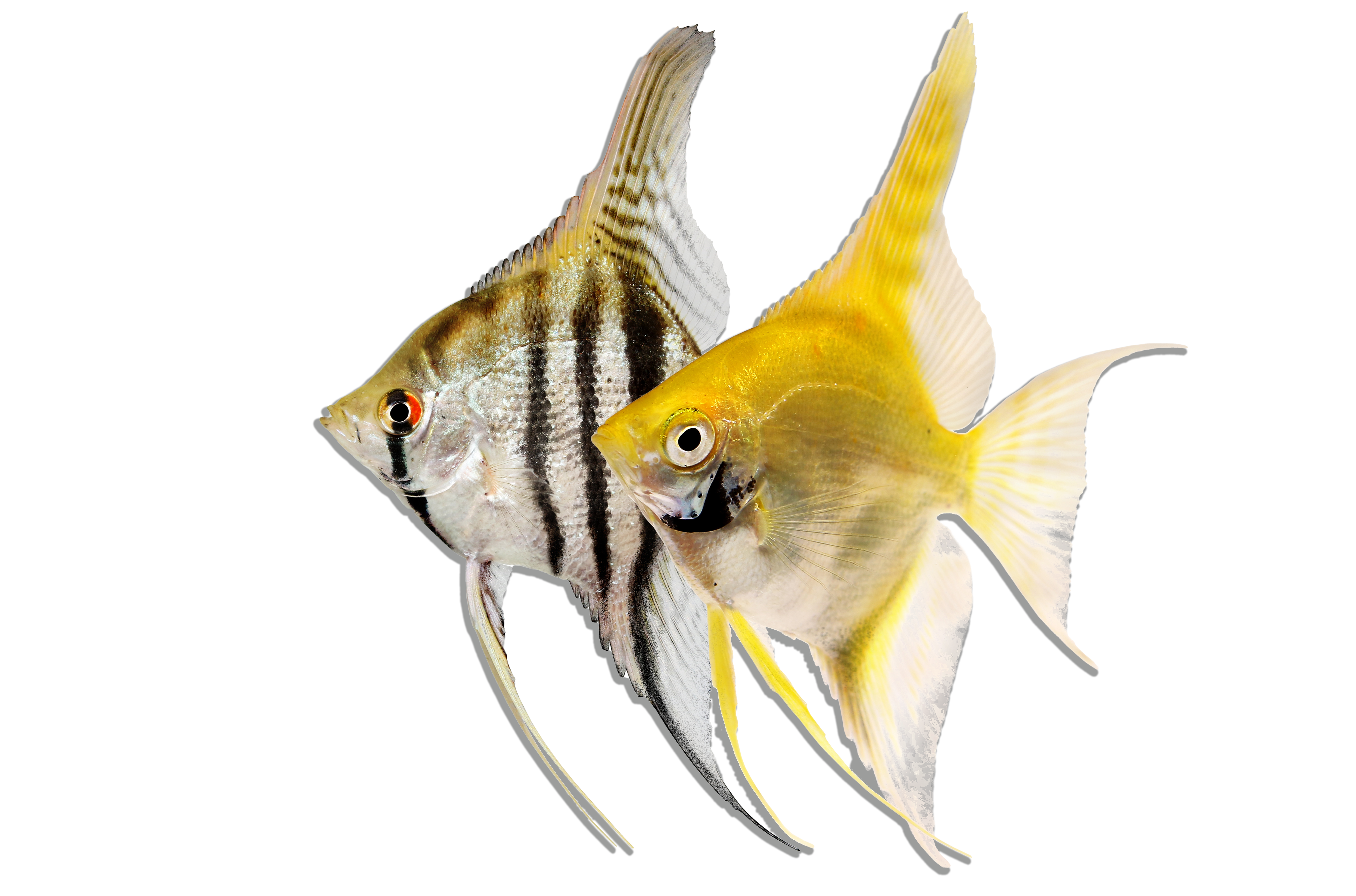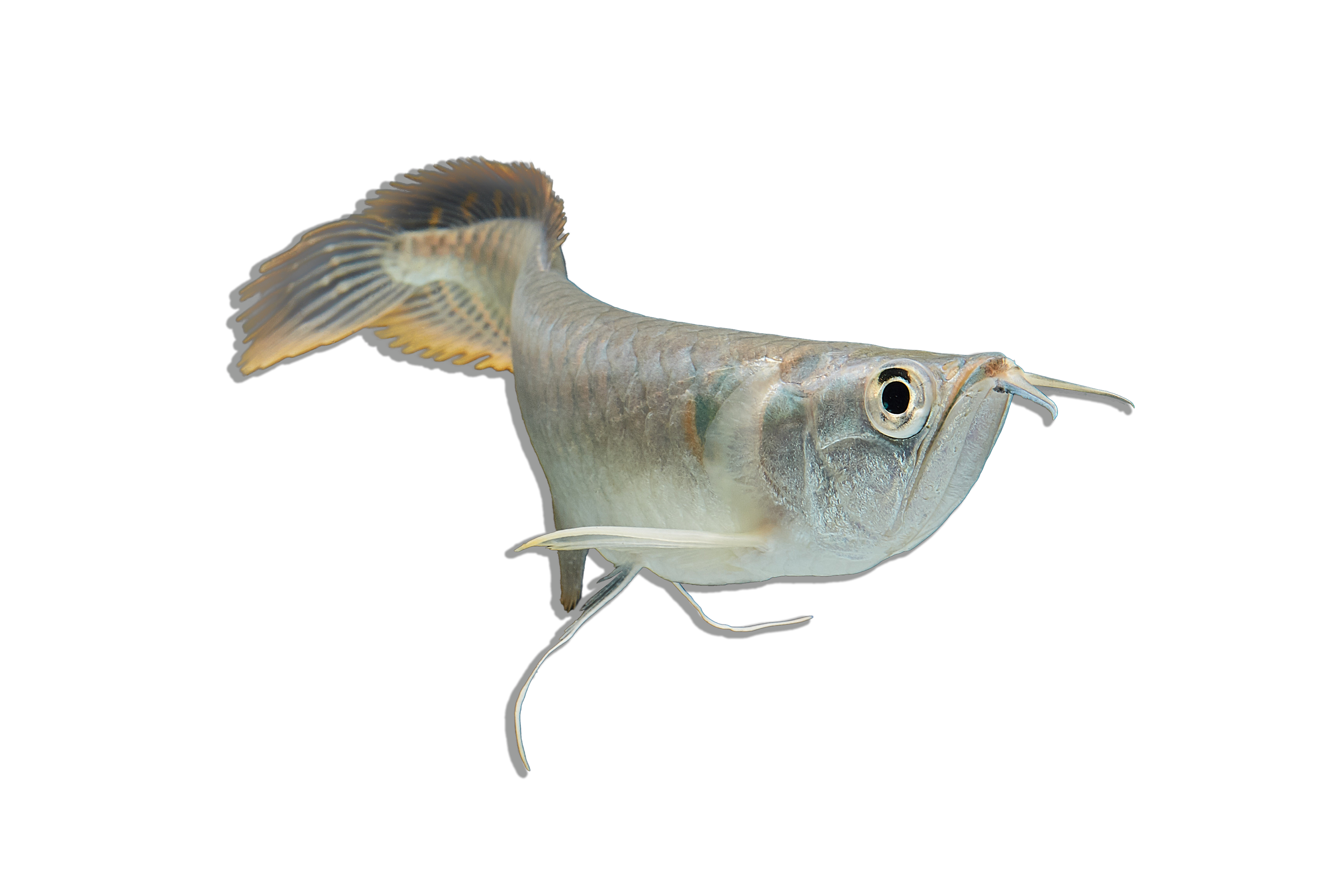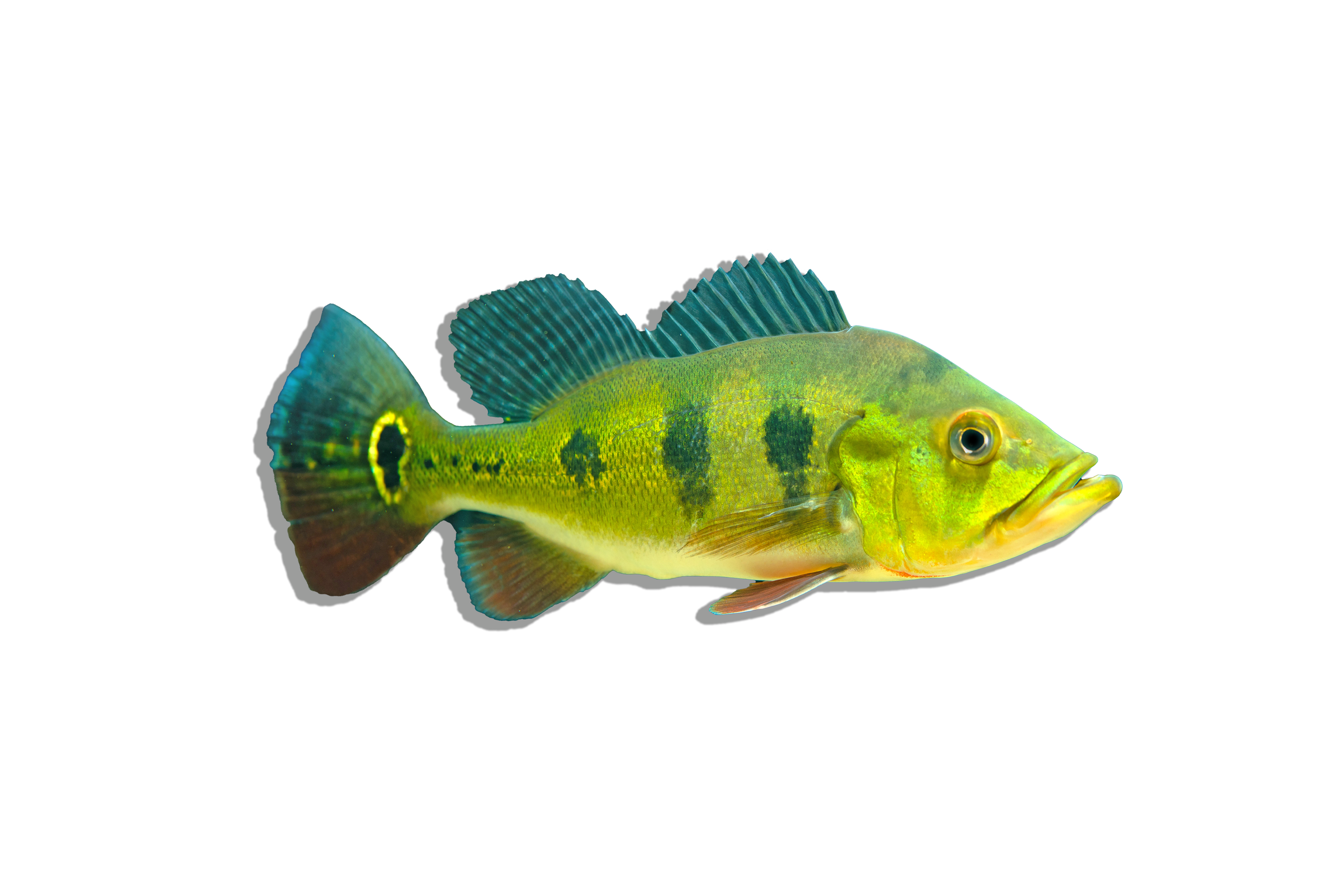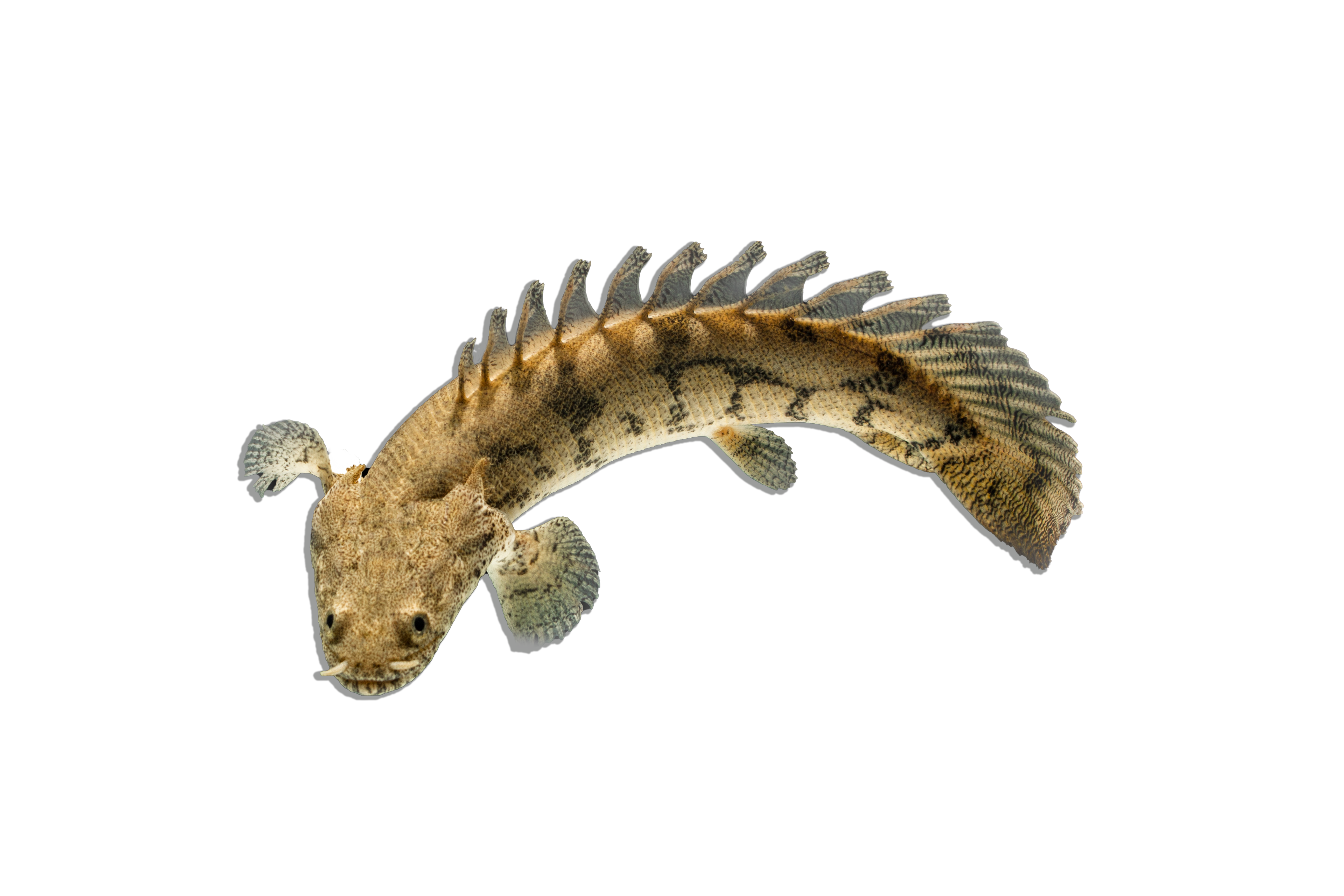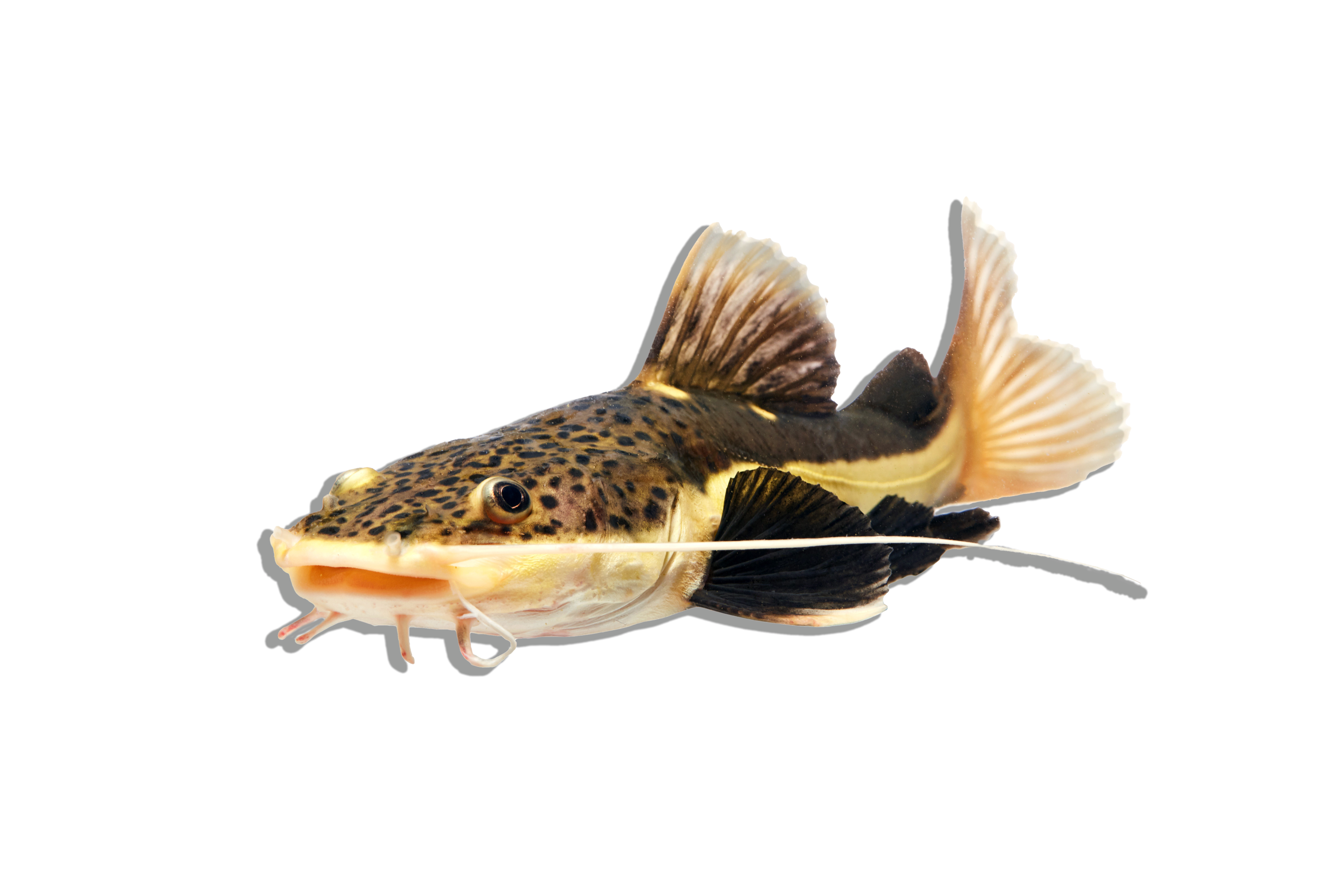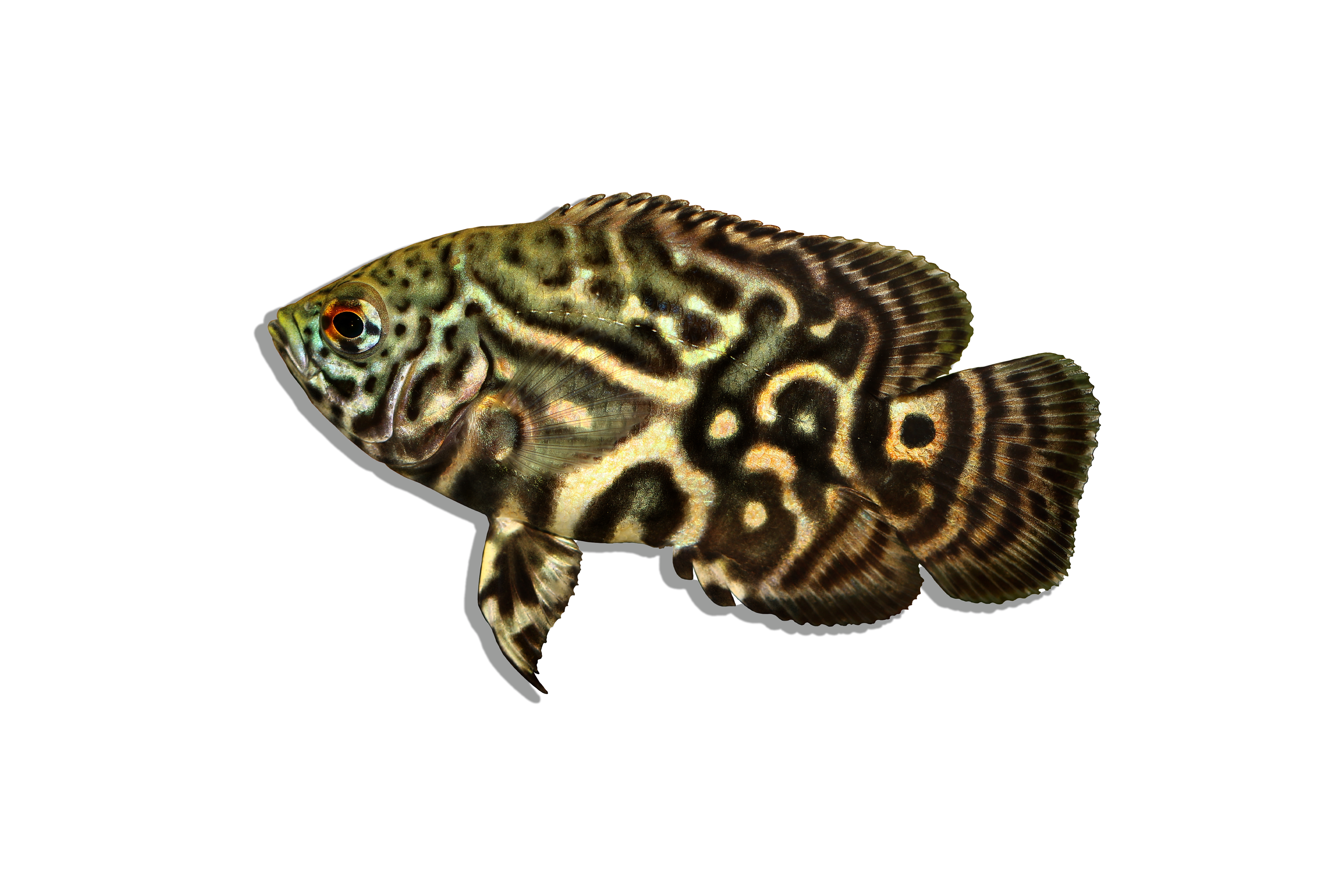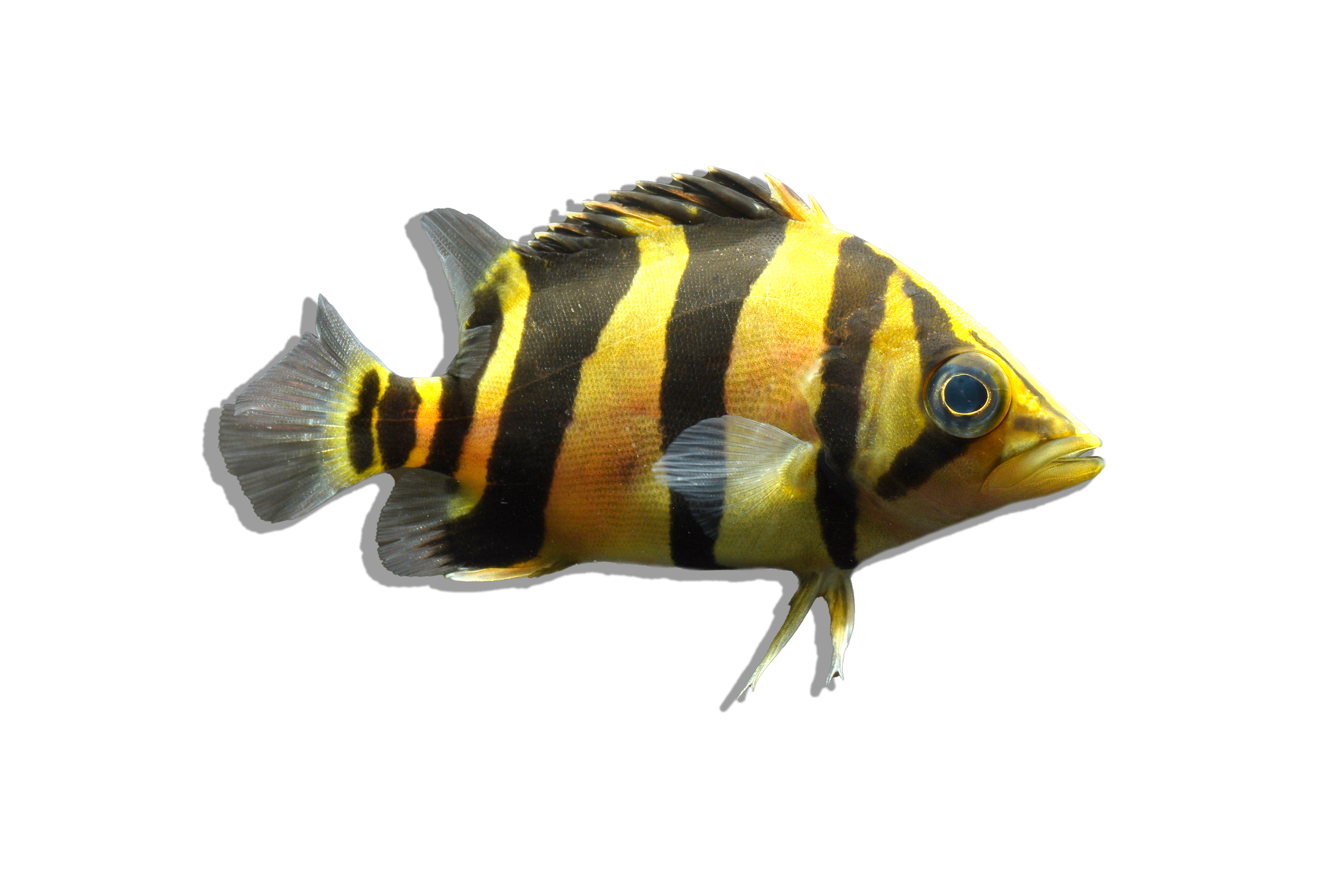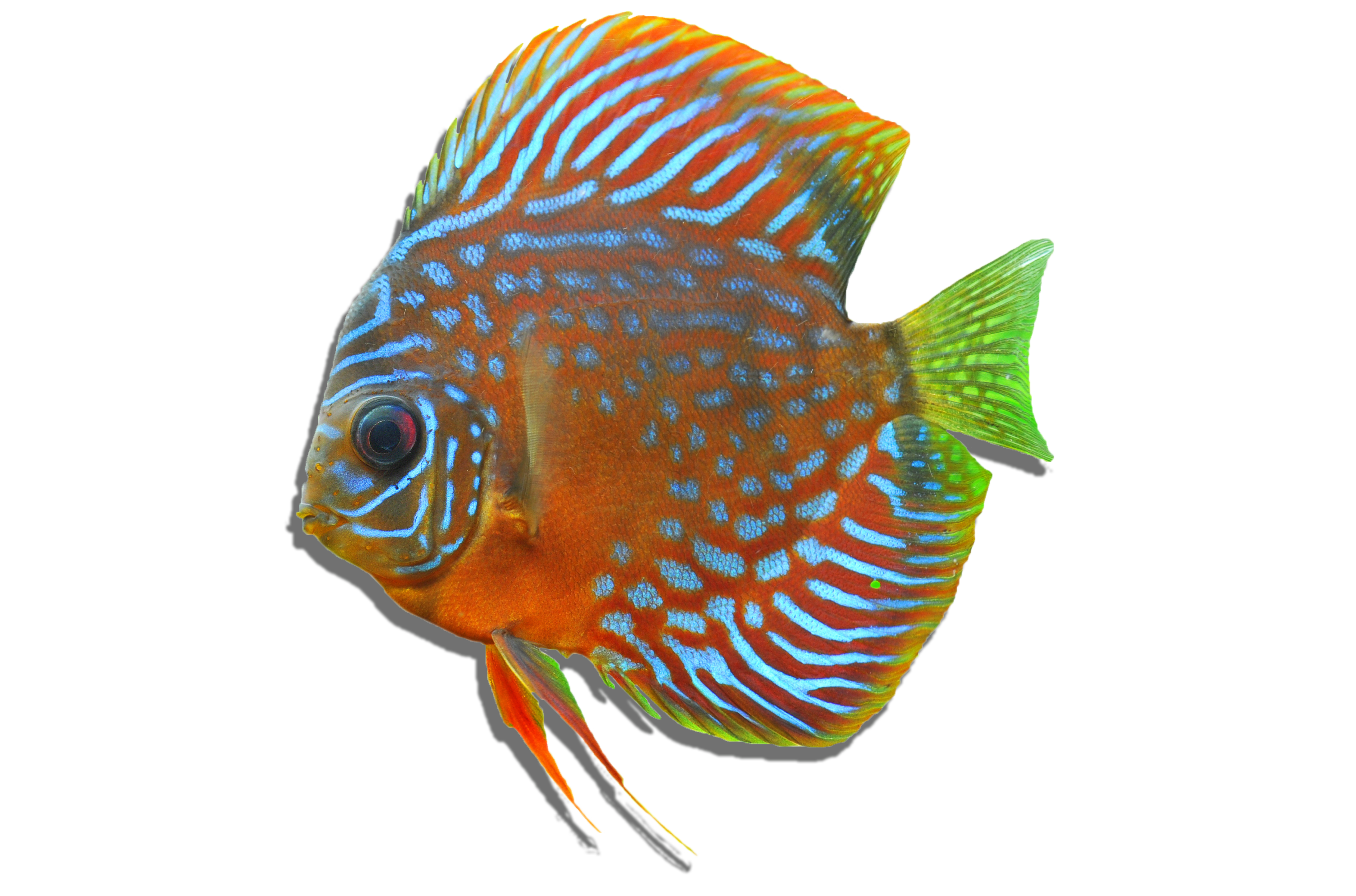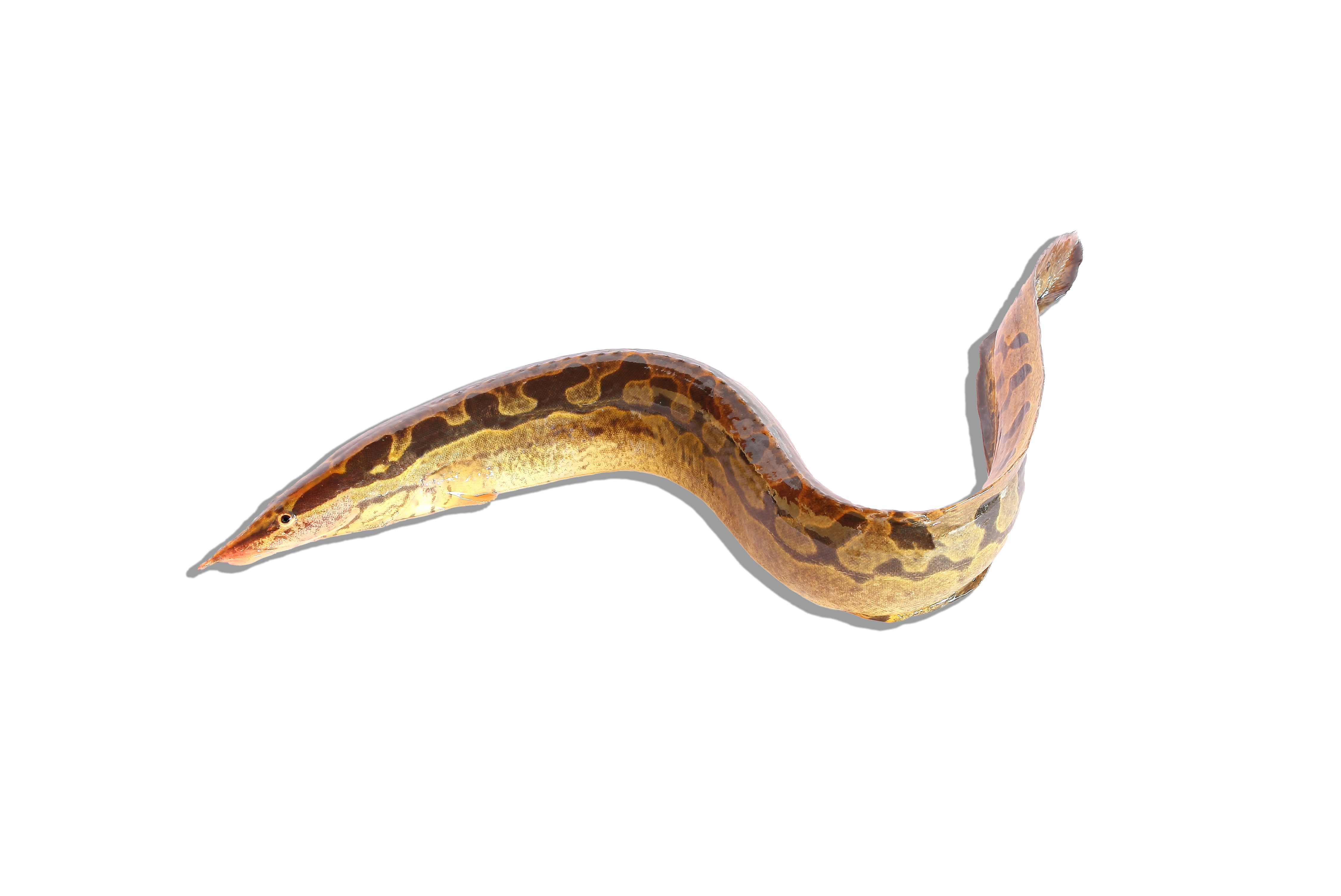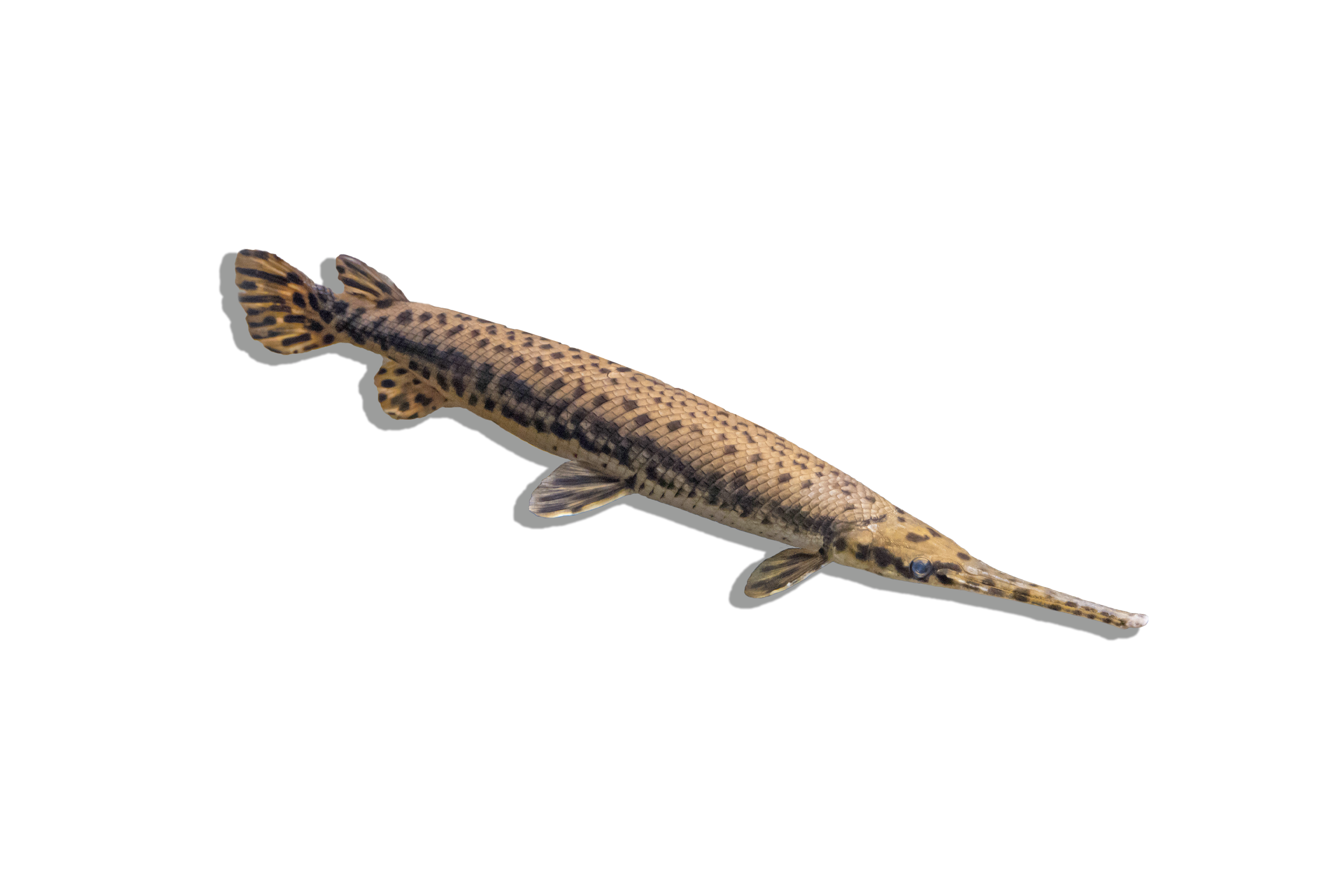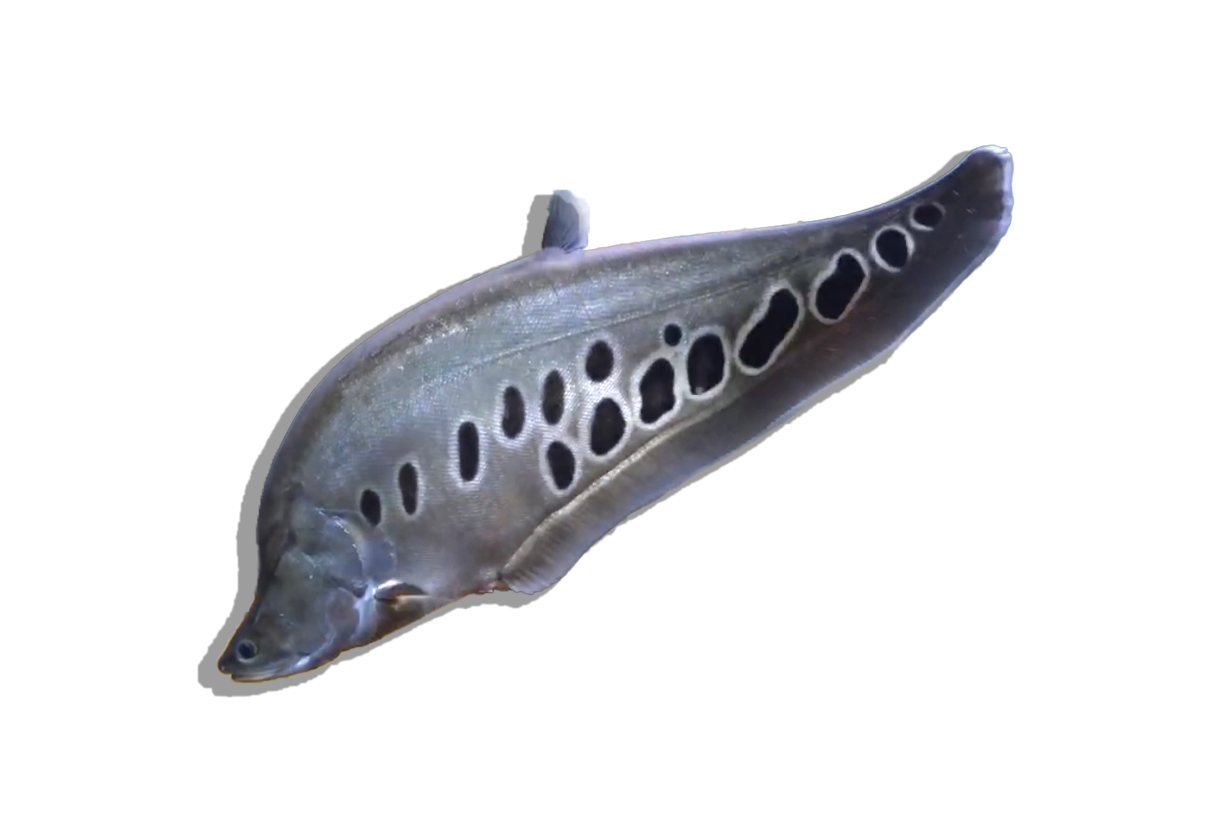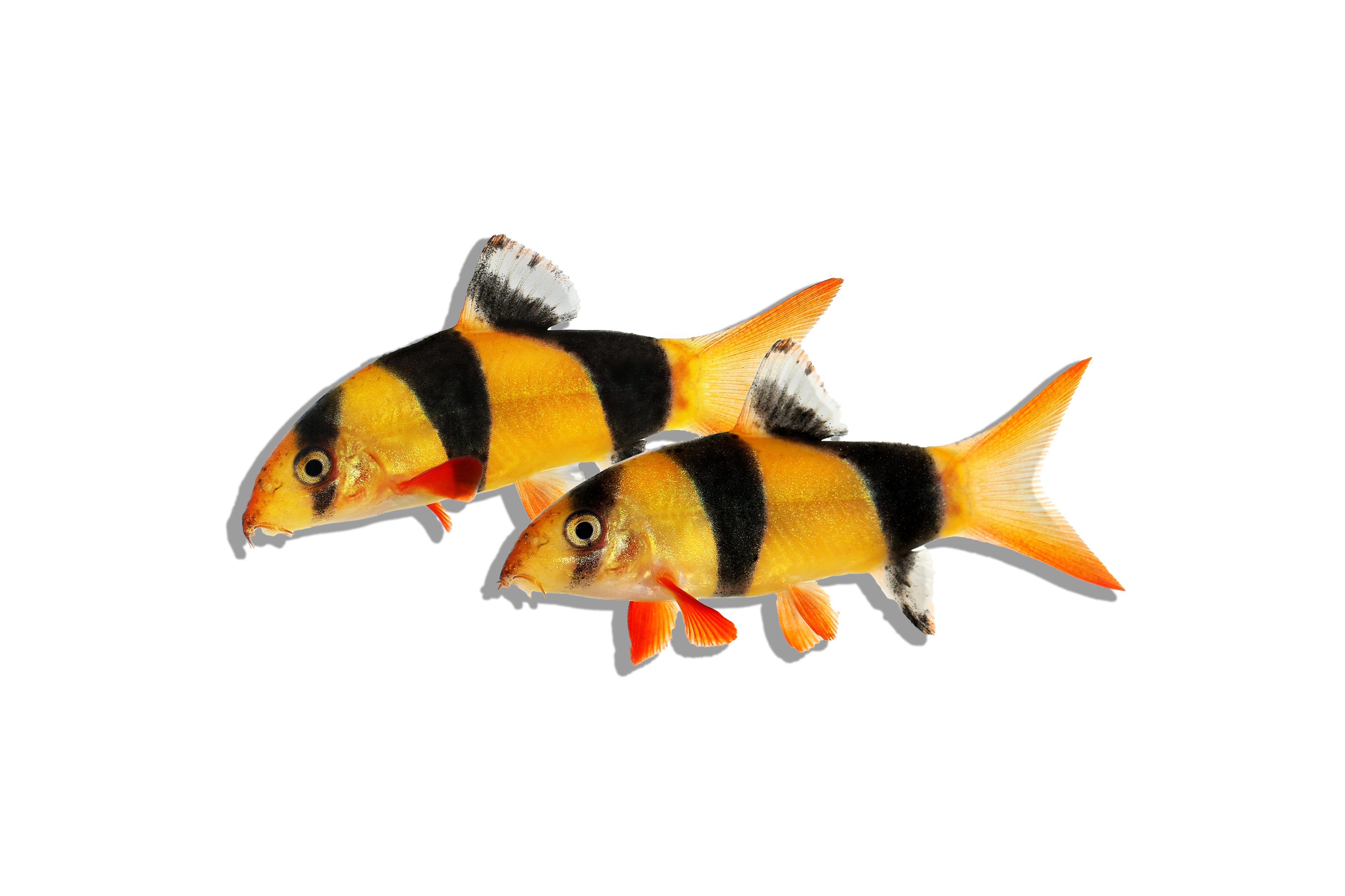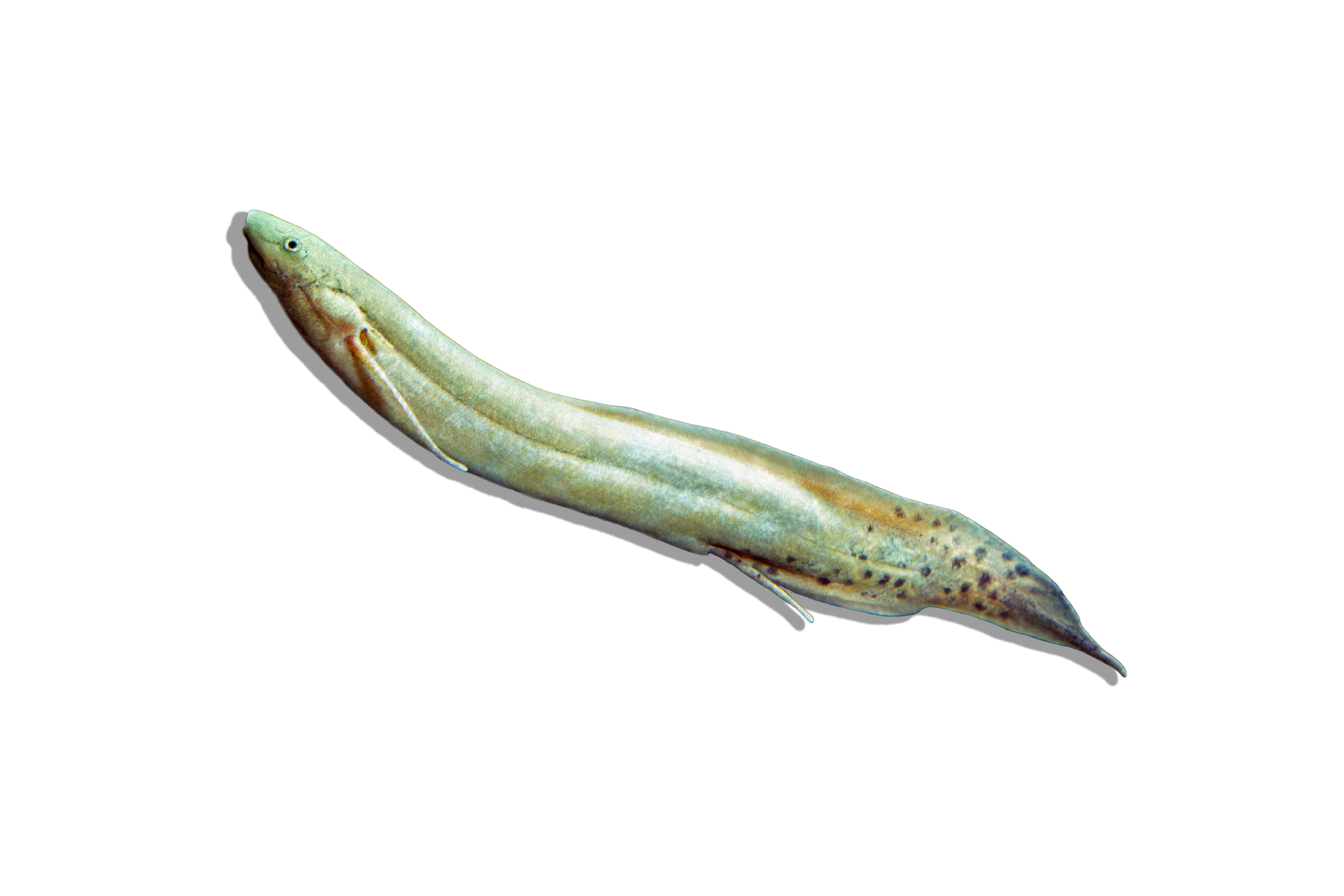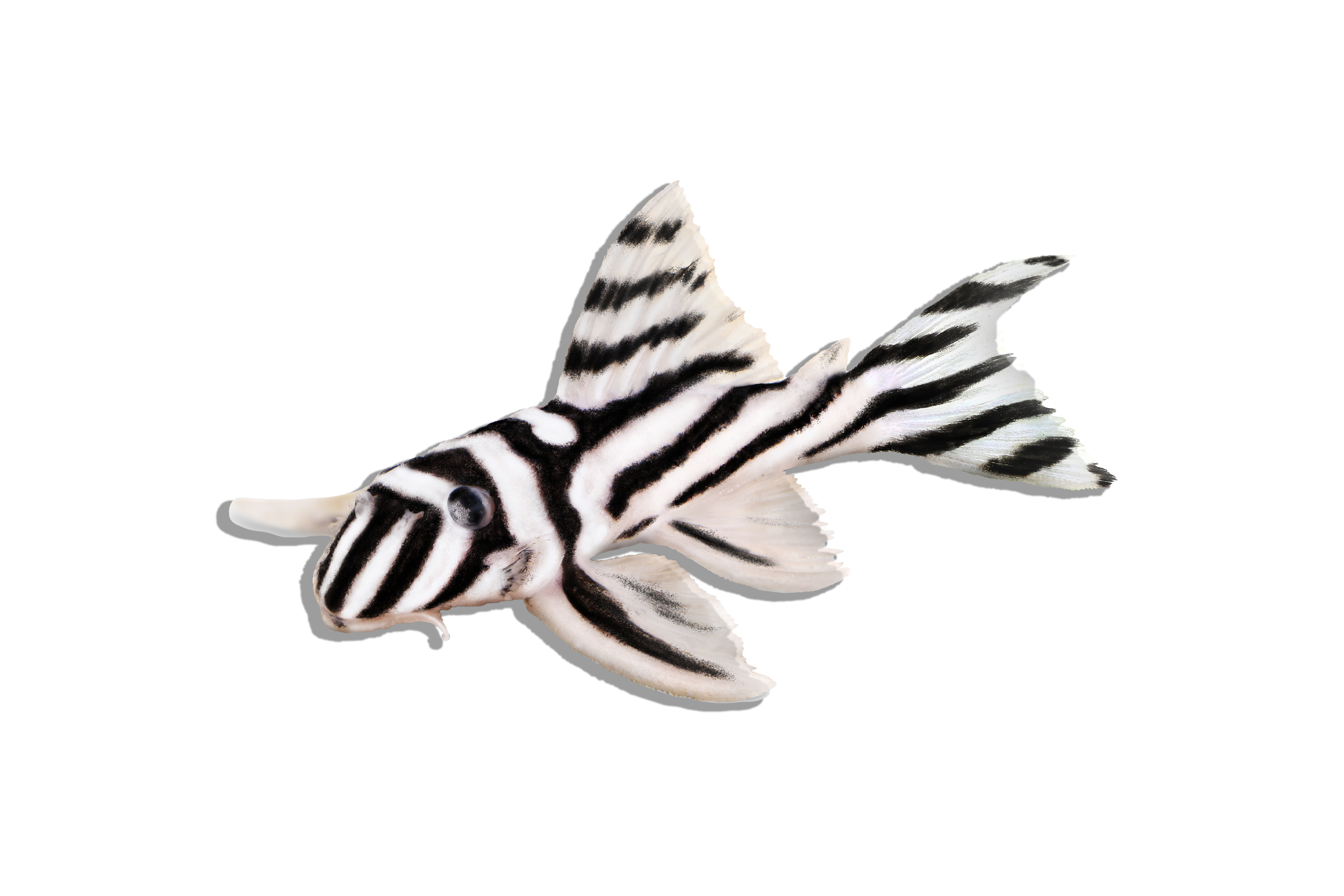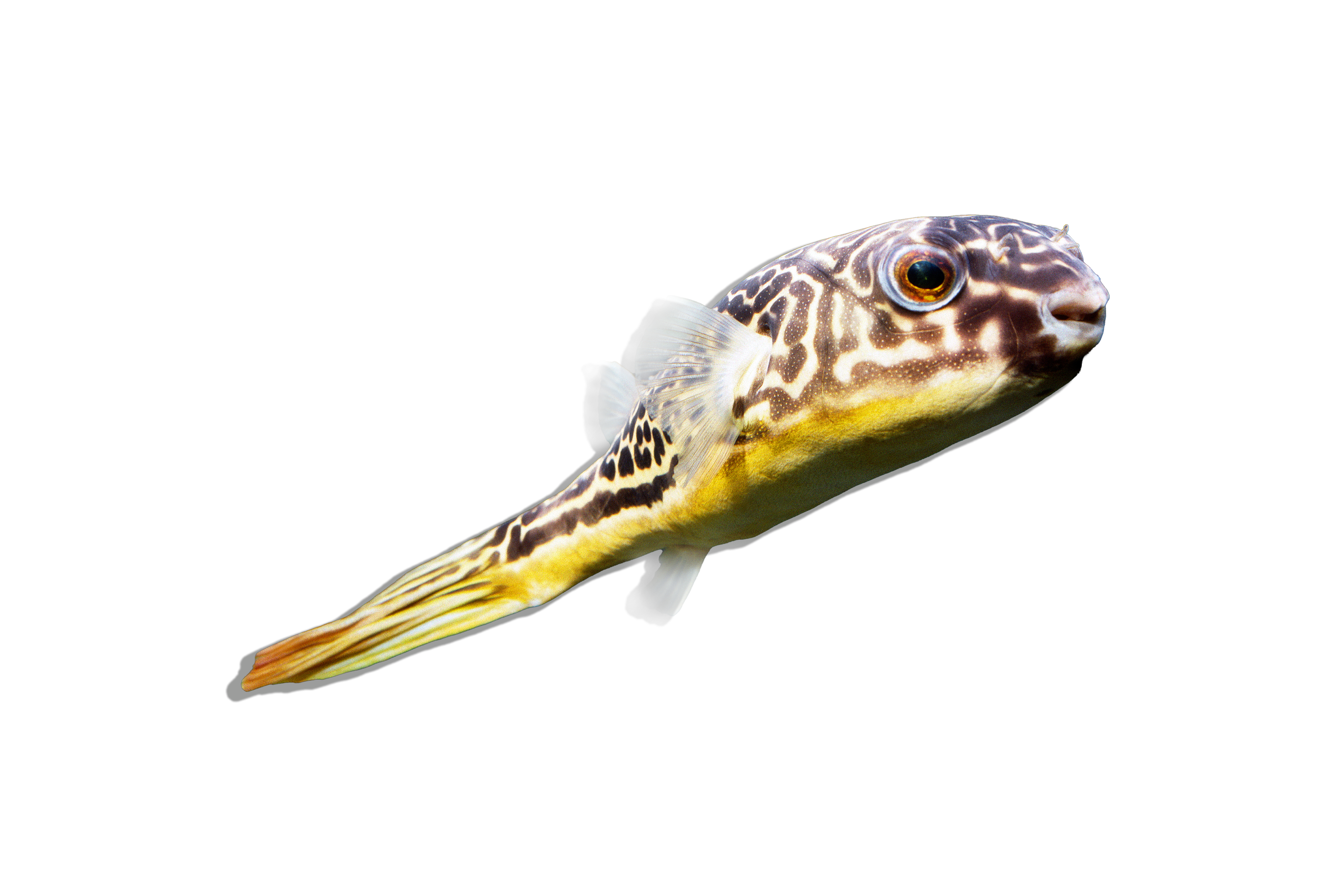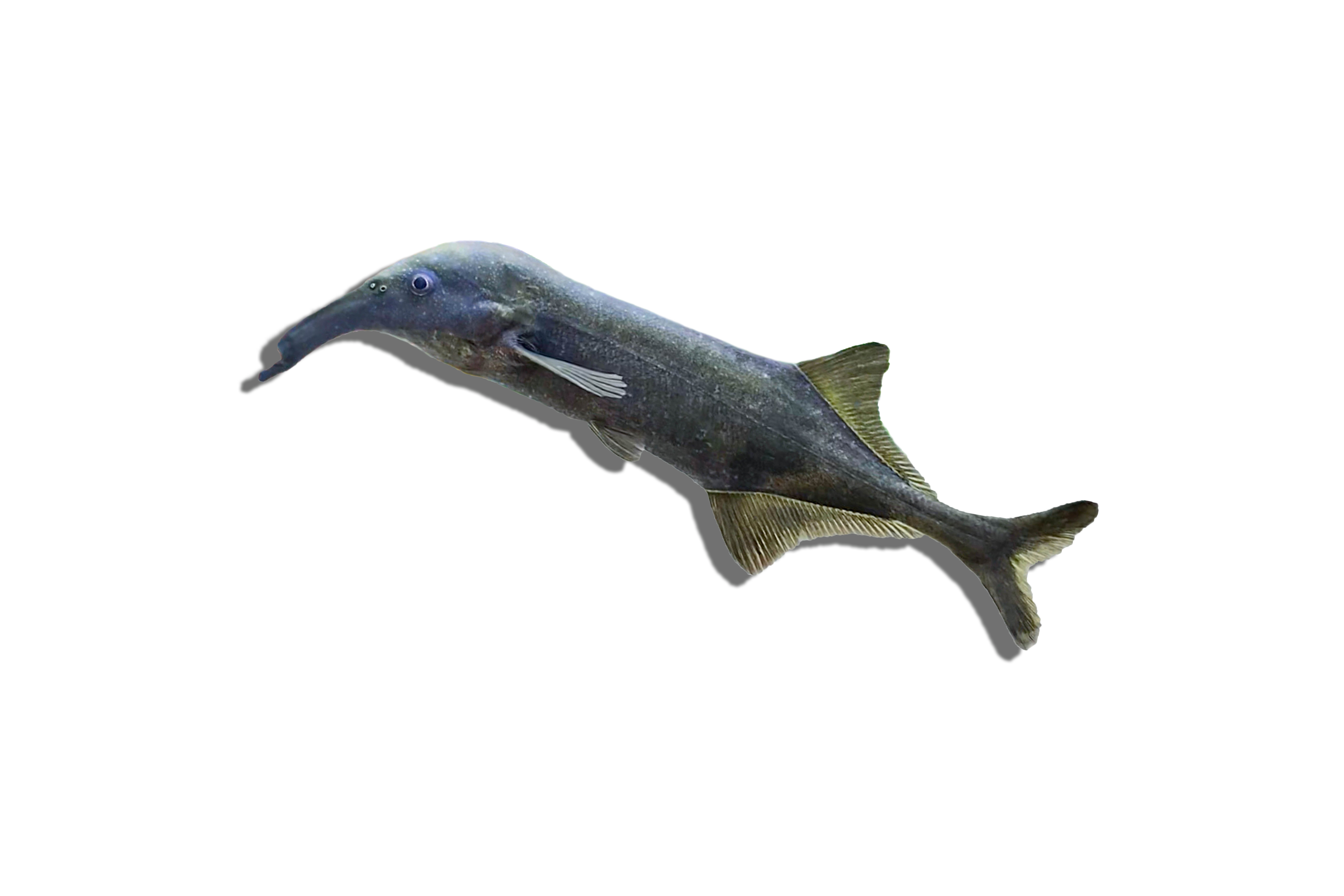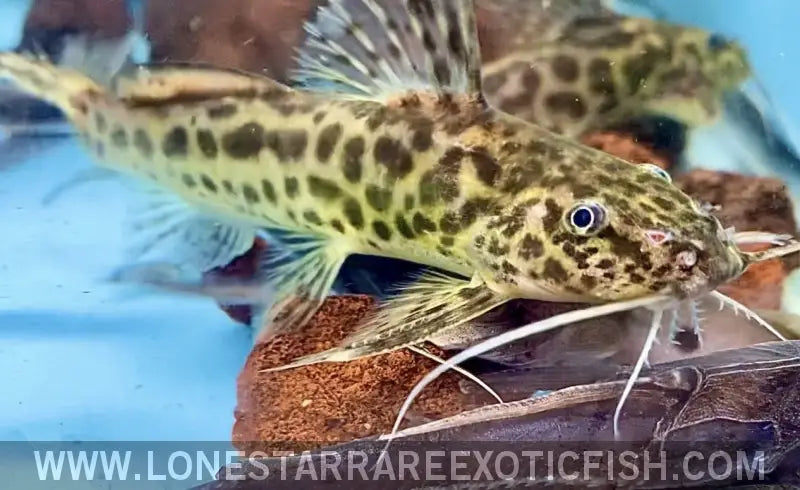Description
Common Name: Synodontis Caudalis Catfish
Scientific Name: Synodontis caudalis
The Synodontis Caudalis Catfish is a fascinating and hardy freshwater fish known for its distinctive caudal fin markings and robust body. It features a unique black spot on its caudal fin, setting it apart from other Synodontis species, along with a sleek body covered in mottled patterns yellow and brown.
Habitat and Distribution:
The Synodontis Caudalis Catfish is native to the Congo River Basin in Central Africa. These fish are typically found in slow-moving rivers, streams, and floodplains with rocky substrates and plenty of submerged wood and plant debris. Their natural habitat provides numerous hiding spots and feeding grounds for these bottom-dwelling catfish.
Size and Lifespan:
In both the wild and captivity, Synodontis Caudalis Catfish can grow up to 6-8 inches (15-20 cm) in length. With proper care, their lifespan can range from 10 to 15 years, depending on the quality of their diet and water conditions.
Diet and Behavior:
Synodontis Caudalis Catfish are omnivorous, feeding on a variety of foods in their natural habitat, including algae, detritus, plant matter, and small invertebrates. In an aquarium, their diet should include high-quality sinking pellets, algae wafers, and fresh vegetables such as zucchini, cucumber, and spinach. They also benefit from protein-rich foods like bloodworms, brine shrimp, and pieces of fish. These catfish are nocturnal and most active during the night, using their barbels to locate food. They are generally peaceful and can be kept with other non-aggressive fish, making them suitable for community tanks.
Breeding and Reproduction:
Breeding Synodontis Caudalis Catfish in captivity is challenging but possible. They are egg scatterers, typically laying eggs in secluded areas such as caves or under pieces of driftwood. To encourage breeding, provide plenty of hiding spots and maintain optimal water conditions with regular water changes. Successful breeding usually requires a well-maintained tank with specific water parameters.
Aquarium Care and Tank Requirements:
Due to their size and specific needs, Synodontis Caudalis Catfish require a medium to large aquarium, with a minimum of 30-50 gallons recommended for adult specimens. The tank should have a soft, sandy or fine gravel substrate to prevent injury to their delicate barbels. Include plenty of hiding spots created with rocks, driftwood, and caves to mimic their natural habitat and reduce stress. Efficient filtration and regular water changes are essential to maintaining water quality. The water temperature should be kept between 75-82°F (24-28°C), with a pH of 6.5-7.5 and soft to moderately hard water.
Ideal Tank Mates:
Synodontis Caudalis Catfish are peaceful and can be kept with other non-aggressive fish that share similar water parameter requirements. Suitable tank mates include tetras, rasboras, peaceful cichlids, and other medium-sized community fish. Avoid housing them with large, aggressive species that may cause stress or injury.
Difficulty Level:
Intermediate. While Synodontis Caudalis Catfish are hardy and adaptable, they require specific tank conditions and diet to thrive, making them suitable for aquarists with some experience.
Water Parameters:
- Temperature: 75-82°F (24-28°C)
- pH: 6.5-7.5
- General Hardness (GH): 4-15 dGH
- Carbonate Hardness (KH): 2-8 dKH
- Ammonia: 0 ppm (ideal)
- Nitrite: 0 ppm (ideal)
- Nitrate: <20 ppm (ideal)
Additional Information:
- The Synodontis Caudalis Catfish’s distinctive caudal fin spot and peaceful demeanor make it a striking addition to any community aquarium.
- They are known for their nocturnal behavior, often hiding during the day and becoming more active at night.
- Fun fact: Synodontis catfish, including the Caudalis Catfish, produce sounds by grinding their pectoral fin spines against their shoulder bones, earning them the nickname "squeakers."v

